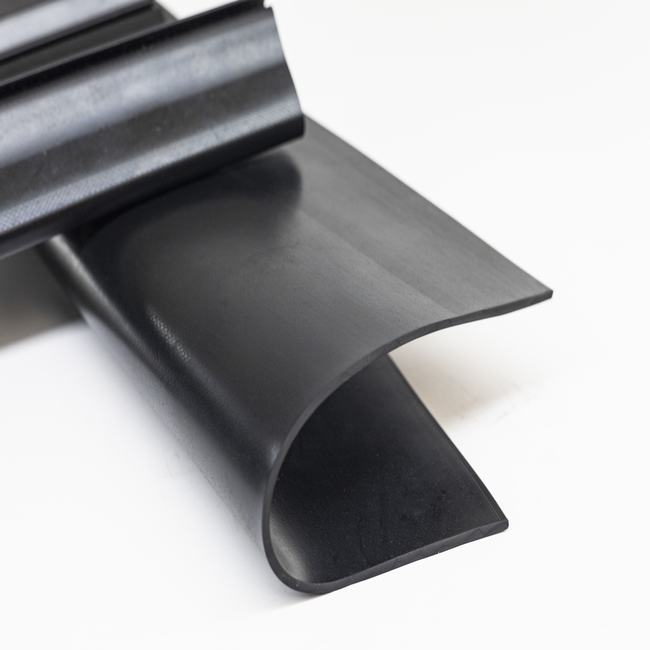Steel door seals, also commonly referred to as door gaskets or weatherstripping, are essential components used in a variety of architectural and industrial applications. These seals are designed to create a secure and weather-resistant barrier around steel doors, ensuring protection against environmental elements, energy efficiency, sound insulation, and enhanced security. This comprehensive description explores the various aspects, types, and applications of steel door seals, highlighting their significance in both residential and commercial settings.
1. Purpose and Function:
Steel door seals serve several crucial functions:
- Weather Resistance: Steel door seals effectively block out rain, wind, dust, and other environmental elements, preventing them from infiltrating indoor spaces. This helps maintain indoor comfort and energy efficiency.
- Energy Efficiency: By sealing gaps and preventing air leaks, these seals play a significant role in reducing heating and cooling costs. They ensure that conditioned air remains inside, and external temperatures do not significantly affect indoor environments.
- Sound Insulation: Steel door seals help reduce noise infiltration from the outside, creating quieter indoor spaces. This is particularly important for homes, offices, and commercial establishments.
- Security: In some cases, steel door seals contribute to the security of a building by making it more challenging for unauthorized individuals to tamper with or force entry through the door.
2. Types of Steel Door Seals:
There are various types of steel door seals, each designed to address specific requirements. Common types include:
- Magnetic Door Seals: These seals utilize magnets to create a tight seal around the door, offering excellent weather resistance and sound insulation.
- Compression Seals: Compression seals use compression mechanisms to seal the gap between the door and the frame. They are effective at blocking out drafts and sound.
- Sweep Seals: Sweep seals are attached to the bottom of the door and provide a barrier against drafts, insects, and moisture.
- Adhesive-backed Seals: These seals come with an adhesive backing, making them easy to install. They are typically used for smaller gaps and less demanding applications.
- Bulb Seals: Bulb seals consist of a flexible bulb-shaped seal attached to a rigid base. They are suitable for sealing irregular gaps and offer excellent weather resistance.
- Automatic Door Bottoms: These seals are equipped with an adjustable mechanism that automatically drops a seal when the door is closed and raises it when the door is open.
3. Materials Used:
Steel door seals can be made from a variety of materials, including:
- EPDM Rubber: Ethylene Propylene Diene Monomer (EPDM) rubber is a common material known for its durability and resistance to weathering. It provides excellent sealing properties.
- Silicone Rubber: Silicone rubber is another weather-resistant material that is also resistant to extreme temperatures. It maintains its flexibility in both hot and cold conditions.
- Felt: Felt strips can be used for their thermal and acoustic insulating properties, but they may be less durable than rubber seals.
- **Metal or Plastic: Metal or plastic components are used in some types of steel door seals to provide structural support and ensure proper fit.
4. Applications:
Steel door seals find application in a wide range of settings, including:
- Residential Doors: In homes, steel door seals are installed around entry doors to enhance energy efficiency, weather resistance, and sound insulation.
- Commercial Buildings: Office buildings, retail stores, and other commercial structures use steel door seals to maintain comfortable indoor environments and improve security.
- Industrial Facilities: In industrial environments, steel door seals help maintain controlled temperatures, keep out dust, and reduce noise pollution.
- Specialized Environments: Steel door seals are used in applications such as clean rooms, refrigeration units, and sound studios, where precise environmental control is essential.
5. Maintenance and Installation:
Proper installation and maintenance of steel door seals are essential to ensure their effectiveness. Regular inspection and replacement of worn or damaged seals can help maintain their performance and prolong their lifespan.
In conclusion, steel door seals are indispensable components for enhancing the functionality, security, and comfort of various buildings and structures. Their wide range of types and applications makes them a critical element in modern architecture and construction, contributing to energy efficiency, environmental control, and overall occupant well-being.










